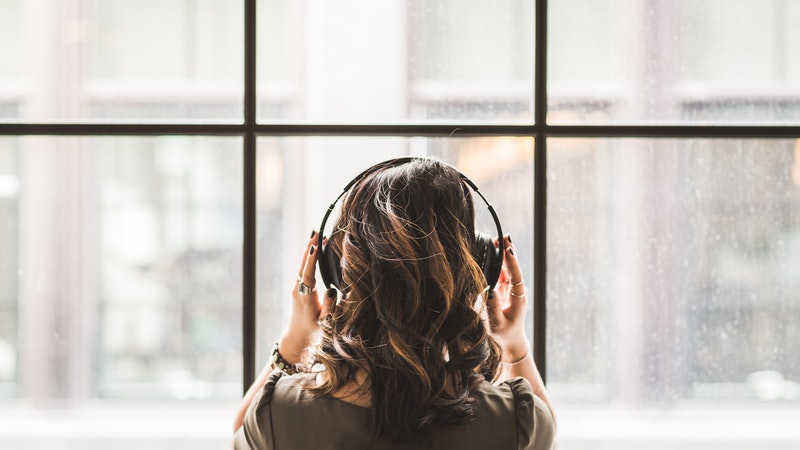The Power of Play
Episode #4 of the course Enhance your creativity by K.C. Finn
During my studies for my doctorate in education, I read and thought a lot about the incredible creative imagination we have as children. Why do people lose that when they grow up? Today’s lesson is a little insight into how we might get some of that potential back.
The Meditation
This exercise will either be really easy or incredibly hard, depending on your personality and attitude going into it. All you have to do for today’s exercise to work is to behave as you did when you were a child. A blank piece of paper and a pack of crayons. Two Barbie dolls having a conversation. Wearing a superhero cape and acting out a plot as you jump around your living room. Dumping a box of Legos onto the table and seeing what you can make. Ladies and gentlemen, it’s time to play!
Think about the kinds of imaginative play that you enjoyed as a child. It’s important not to have instructions or a set storyline, like you would in a video game or a building set with step-by-step pictures. The “story” has to come from you. What kind of superpowers did you pretend to have? Did you prefer to play zoo with animal toys or houses with Barbies and Baby Born? Maybe you pretended to run your own garage or (as I did) a travel agency. You might find it easier to do this exercise with some of your more young-at-heart friends or indeed, with young children of your own. If you’re feeling a little bit uncomfortable about letting your inner child out, close the curtains, pretend you’re not home, and get on with it!
The Activity
Allow yourself about 30 minutes for Playtime. Try not to judge your own ideas during the play—for example, by scrutinizing the architecture of your Lego house or the realism of Barbie’s dialogue! When you were a child, you didn’t self-doubt about your ideas, and if other children criticized them, you probably defended them fiercely! Access that confidence again, and allow yourself to create something imperfect but also free of consequences. Nobody’s going to put your finger painting in an art gallery or expect you to write a bestselling play based on your dolls’ conversations. This is purely for you, an exercise to awaken that wonderful part of your brain that used to dream up ten wonderful things before breakfast every day.
When Playtime is over, it’s important to assess how you feel, rather than what you have achieved. The idea of these 30 minutes is not to hit upon your next big idea, but to practice engaging with a part of your psychology that many adults lose as they enter the serious world of work. We creative types really need that area of the brain working on all cylinders, and even non-creative people can use this technique for stress release and their general mental wellbeing.
Reflection
I’m sure you can already see how this technique relates directly to storytelling. Imagining different situations, characters, and their reactions can produce fantastic results for comic book storylines, plays, stories, novels, video game scripts, and role-playing games. It can also help you explore those situations that become boring and don’t really go anywhere, thus eliminating them from your own work. Even if you’re not usually the storytelling type, most people remember the monster they invented under their bed and the characters they liked to pretend to be on the playground at break time. It all feeds into the here and now, allowing you the freedom to step away from yourself and into the world of your story.
In other creative disciplines, it’s a little less clear, but here are a few ideas of how one experience may translate into the other. Standing on your head pretending to be Spider-Man could trigger a new perspective to work from for a painting or illustration. A dialogue between two Barbie dolls might spark a punchline to a fantastic comedy routine. Building a structure from Legos may solve a design issue in a real piece of computer-aided design or architectural work. And overall, your openness to the experience will train your brain into thinking beyond just the ordinary possibilities, encouraging originality and quicker thinking in general.
Tomorrow, we’ll step outside for our lesson and see how the real world can give us both clarity of thought and inspiration.
Better get your coat on!
K.C.
Recommended resource
To see how freedom of creativity encourages positive results in education, check out Room 13, where children are able to pursue any art that they want during school hours.
Recommended book
Share with friends

